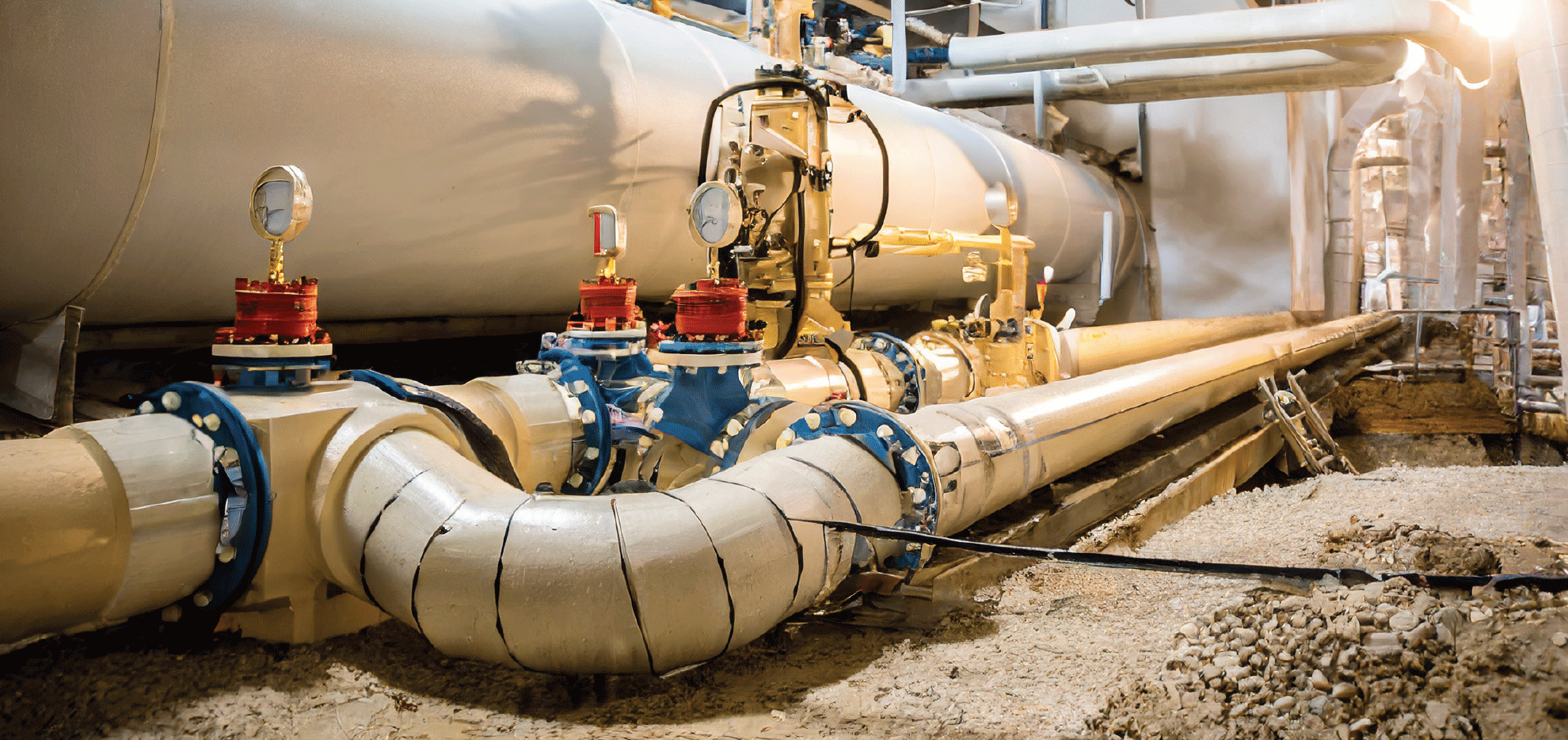Navigating the Dynamics of Surge Analysis in Piping and Pipeline Systems

Surge analysis, fundamentally synonymous with water hammer analysis, is essential in designing and operating piping and pipeline systems. This comprehensive guide delves into the intricacies of surge phenomena, emphasising its significance, methodologies, and strategies for effective mitigation. At its core, surge analysis scrutinises the transient pressure waves generated within a system due to abrupt variations in flow velocity. These pressure fluctuations, often termed as water hammers, pose substantial stress on system components, warranting meticulous consideration during the design phase to prevent damage.
A notable occurrence within this domain is column separation or vapour cavity formation, a condition triggered when pipeline pressure plummets below the fluid’s vapour pressure, leading to vaporisation and cavity creation. Such events, frequently resulting from sudden valve closures or pump shutdowns, prompt a sharp decline in pressure. The ensuing rapid pressure shifts can exert excessive stress on pipeline walls and supports, potentially compromising structural integrity.
Identifying Causes of Surge
- Valve Operations: Swift valve closures are a primary contributor to sudden flow velocity changes, instigating pressure surges.
- Pump Dynamics: The initiation or cessation of pump operations can precipitate water hammer effects due to sudden flow adjustments.
- Air Dynamics: The compression and decompression of entrapped air pockets within the system can lead to pressure surges.
- Fluid Characteristics: Variations in fluid density, often due to temperature changes, can intensify surge effects.
The Imperative of Surge Analysis
- Ensuring System Safety: Surge analysis facilitates the assurance of structural integrity and safety, enabling designers to anticipate potential pressure fluctuations and the ensuing stress on supports.
- Asset Preservation: It plays a pivotal role in protecting valuable equipment like pumps, valves, and pipelines from surge-induced damage.
- Operational Excellence: By optimising operational protocols, surge analysis minimises downtime and maintenance costs.
- Regulatory Adherence: Diligent surge analysis achieves compliance with standards and regulations set forth by authorities (e.g., PNGRB, CPHEEO) and codes (e.g., ASME B31 series).
Methodological Approaches to Surge Analysis
- Transient Hydraulic Simulation: This involves using numerical simulation tools (CFD and FEA) and simplified models (method of characteristics or wave plan method) to accurately predict pressure surges.
- Analytical Calculations: The Jouckowsky equation can be employed for basic scenarios, although its practical application remains limited.
- Field Measurements: Pressure sensors along the pipeline will be implemented to observe direct pressure fluctuations, augmenting simulation accuracy.
Strategies for Mitigation
- Pressure Management Devices: Deployment of surge relief or air release valves to manage excess pressure during transients.
- Damping Solutions: Introduction of surge tanks or dampeners to absorb and mitigate pressure surges.
- Controlled Operations: Gradual pump start/stop procedures and controlled valve operations are adopted to minimise abrupt flow alterations.
- Informed Pipeline Design: Strategic selection of pipe materials, diameters, and routes to diminish surge occurrence probabilities.
Surge analysis is indispensable for upholding piping and pipeline systems’ reliability, safety, and efficiency. Through a deep-seated comprehension of surge dynamics coupled with targeted analysis and mitigation techniques, engineers can adeptly navigate transient pressure challenges, safeguarding infrastructure from potential hazards. With over five decades of design and commissioning experience, TCE boasts an acute grasp of these complexities, demonstrating unparalleled expertise in managing demanding projects.





